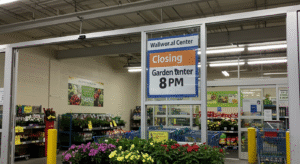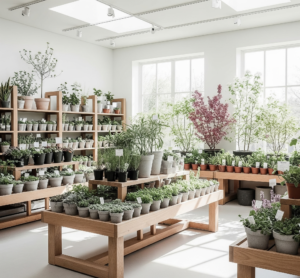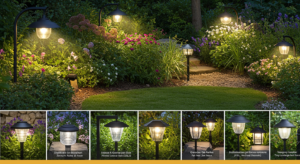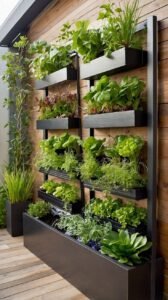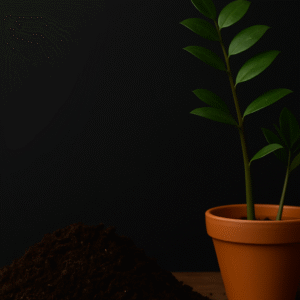How To Design Outdoor Garden
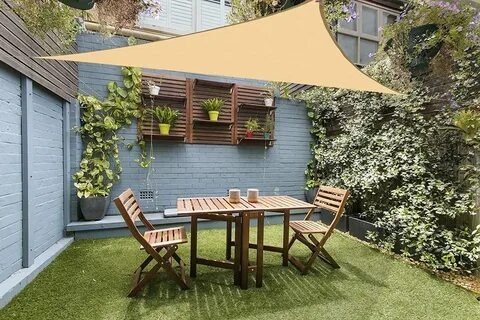
outdoor garden
An outdoor garden involves much more than simply coming up with a combination of flowers and plants, it is a wild escape, a multi-use space, and a fantastic blend of beauty. Designing a garden goes beyond aesthetics; it is about space planning that aligns with lifestyle. If you require a retreat space overflowing with greenery, color, a vegetable patch, or even all combined an excellent garden design can turn the bespoken piece of outdoor space into a harmonious blend of beauty and practicality. In the following sections of this outdoor garden design guide, we will provide foundational steps, from area assessment and layout design to plant selection and finishing touches. Regardless of your outdoor space size, by the end of this guide, you will have the confidence to turn your dreams into reality.
Understanding Your Area and Their Requirements
Before engaging your imagination when creating a garden design, it is essential to think about the space and your needs. A garden can serve different purposes: a serene hideaway, an entertaining area, or even a working vegetable garden. Recognizing specific goals will help you facilitate the design process. Could you start by considering the size and shape of your outdoor area? There is a particular manner of dealing with a small patio or balcony garden versus a big backyard. Also, determine the more permanent aspects, such as fences, trees, and pathways, that might affect your design choices. Understanding how different building features receive sunlight, winds, and drainage will aid you in deciding the right plants and features. Determine practicality. For example, an outdoor kitchen will improve aesthetics if you enjoy hosting social gatherings. When a garden space is meant for little upkeep, using self-watering containers and low-watering plants is best. Sustainability in garden design depends on the choices made regarding design and lifestyle; hence, sustainable garden designs should align with lifestyle.
Creating a Garden Plan
When creating a garden layout, an arrangement pleasing to the eye is equally important as practicality. As with anything, the first step to creating a garden is to decide on a shape, whether you want a more organic flow with curvy pathways or more precise angular geometry. Balance, symmetry, and proportion are of notable significance in gardening. Examples of focal points include vibrant plant displays, seating arrangements, and water features like fountains or ponds, which ought to grab the observer’s attention while encouraging appreciation of the garden as a whole. Order and accessibility in the garden are provided by paths and walkways, which aid in navigation. Pathways in the garden can be made of wood, gravel, or stone and allow for ease of movement within the garden. Sketching ideas or using garden design software before implementing them is always helpful to ensure vision clarity.
Choosing Plants Based on Their Aesthetic Characteristics Associated With Style and Climate
Selecting the right plants for a garden is crucial and sets the mood. The selected plants may enhance or deter the feeling of the garden altogether. Gardens can vary: tropical gardens consist of foliage vegetation, while warm modern gardens have minimalistic greens. Mediterranean gardens boast gorgeous olives and lavenders, whereas cottage gardens contain a quaint, charming, disorderly mix of flowers. A specific plant may require more water than another or damp conditions such as humidity, while some plants thrive in drier land. Plants must be selected according to the climate, and please make sure to take note of your USDA hardiness zone, as it shows which plants will grow properly in your garden. Droughts could pose problems in some areas, but succulents, cacti, and ornamental grasses are good choices. Intense shade and cool temperatures are ideal for ferns, hostas, and hydrangeas. Use a combination of different plants to create additional layers and texture. Trees create vertical layers, whereas shrubs provide structure. For warmer regions, blend perennials with seasonal annuals for vibrancy throughout the seasons.

Features and Elements of Hardscaping
Hardscaping features complete the design. These include the addition of fences, ponds, patios, and pathways, which add definition and aesthetic appeal. Patios and decks provide a delightful setting for social gatherings where users can enjoy the garden’s beauty. Nature’s stone brick and wood set the atmosphere. Flagstone gravel pathways provide rustic charm, while smooth concrete adds a contemporary feel. Water features like fountains, ponds, and birdbaths attract wildlife and provide soothing sounds. Fire pits or outdoor fireplaces make the garden usable throughout the year. Lanterns, string lights, and solar-powered lights by the pathways ensure safety while adding to the beauty. These further enhance the already appealing aspect of lighting.
Using Container and Vertical Gardening to Make the Most of Small Spaces
Small outdoor areas can be transformed into stunning gardens with creativity. Vertical gardening uses structures like trellises or wall-mounted planters to plant upwards instead of horizontally. Spiraling plant growth instead of using ground space makes it easy to add greenery. Another approach is given in container gardening, which is more straightforward regarding movement and rearrangement. They add structure and ease maintenance and planting when using raised garden beds. Small, functional, and beautiful spaces can be created using container gardening for growing herbs, flowers, and vegetables. These types of garden areas are the most productive. Living features can add greenery, like a shaded pergola with vines. Also, modular planters, retractable awnings, and folding chairs and tables can change the used area to open space.
Eco-Friendly Garden Design Ideas That Require Little To No Maintenance
Gardens are valuable for relishing nature and for ecological wealth when maintained by nature-friendly individuals. A garden is easier to maintain and more sustainable when water and fertilizers are used only for growing herbaceous plants specific to the area. Lavender and sedum enhance the ecosystem by bringing valuable pollinators like butterflies and bees, thus making it more beautiful. Creating compost with organic waste from the garden or the kitchen helps minimize soil waste and provides rich soil. With drip irrigation systems, which deliver water directly to the base of the plant and rain barrels, water is conserved and ensures that arid areas receive a reliable supply. Minimal shrubs and decorative grasses enhance the terrain’s beauty as low-water survivors. Replacing traditional pavements with plywood or gravel enhances water absorption, and when soil is covered, it improves while curtailing weed increase.
Non-final Touches & Non-Seasonal Upkeep
Windchimes, garden statues, or even neatly chiseled pots may be added to improve the appearance of an outdoor garden. Along with custom pieces, one could also place sturdy modern chairs and benches to take advantage of the space. Color Schemes can range from slight variations to monochrome. Non-seasonal upkeep aims to keep the garden in order throughout the year. Spring gives the chance to sow new flowers and fertilize the existing plants, while summer requires routine watering and shading. In addition, dead plants require pruning in autumn to prepare them for winter, alongside protecting delicate plants from frost that winter burgers with. Meticulous ongoing maintenance and consistent non-seasonal upkeep ensure the garden is welcoming and beautiful. Ultimately, exploring different approaches provides avenues for development and improvement.
Conclusion
An outdoor garden serves as a productive expression of art by incorporating beauty, purpose, and nature. One can appreciate a garden that suits one’s lifestyle by evaluating one’s space, designing a functional outline, thoughtfully selecting plants, and adding hardscaping features. A practical design can maximize beauty and utility, whether you have a spacious backyard or a small balcony. Start by sketching your dream garden and experimenting with rearranging different plants until you find what you love. Remember to enjoy the process. A carefully designed outdoor space enhances the beauty of every home but also serves as a peaceful retreat to enjoy nature. Grab your gardening tools and watch your vision come to life!
